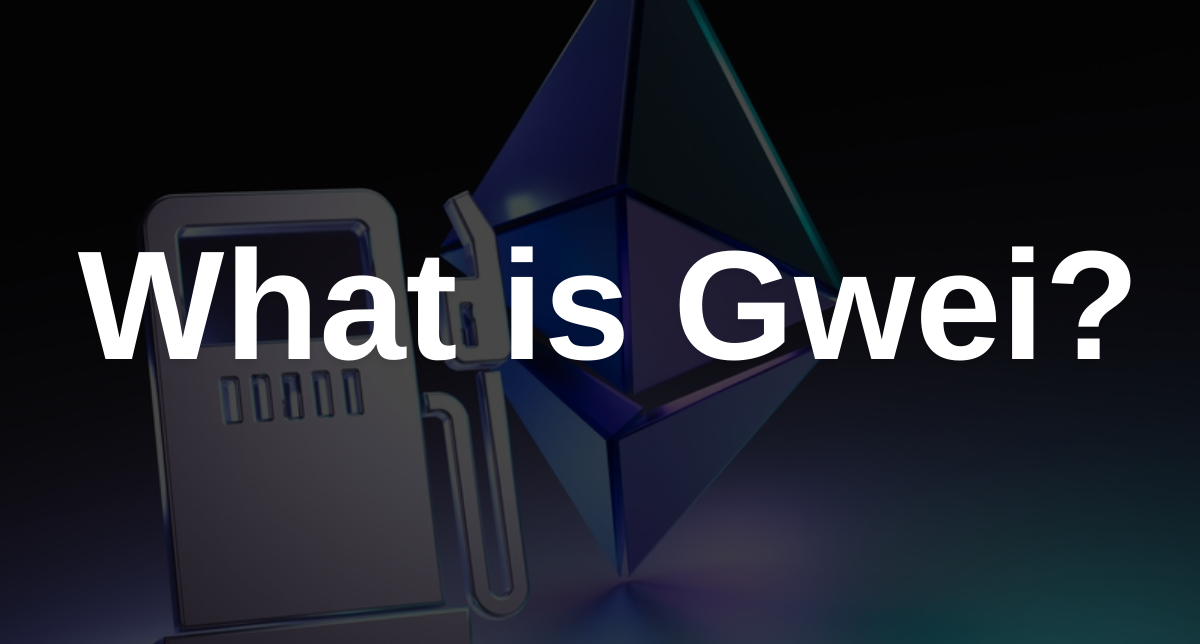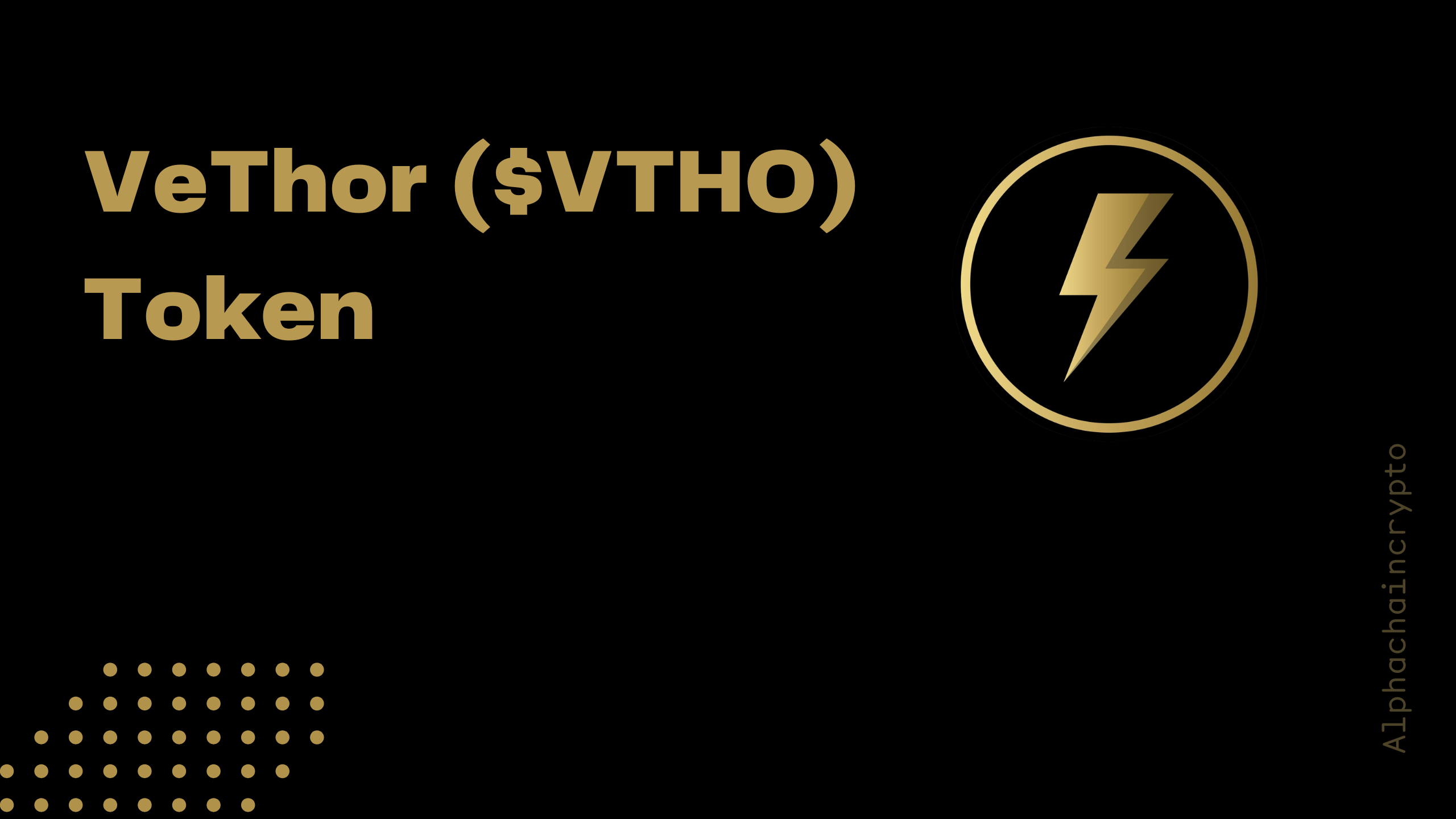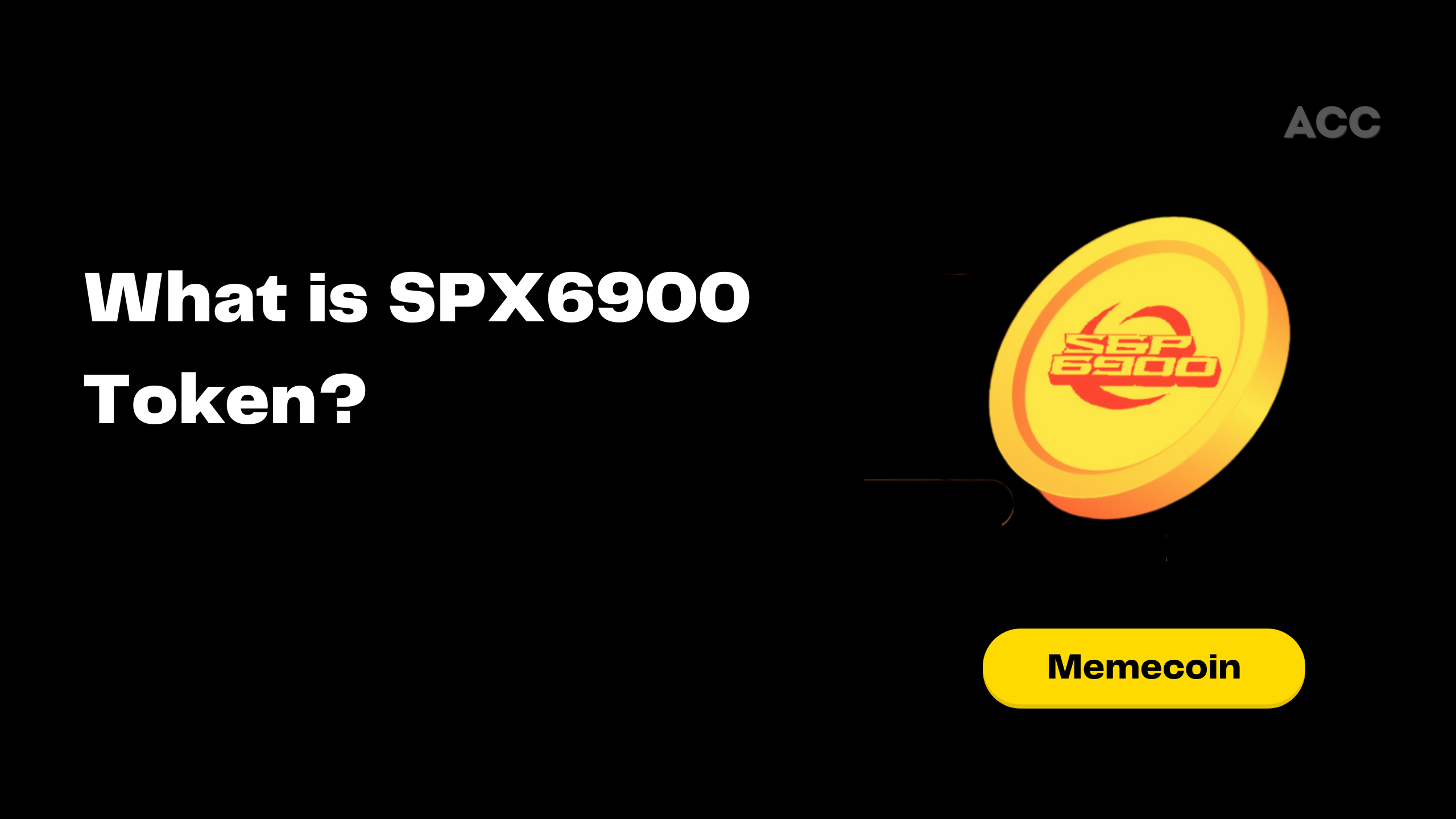Gwei is a crucial unit of measurement used in the Ethereum blockchain to represent the cost of transactions and operations. In simple terms, Gwei (short for giga-wei) is a smaller denomination of Ether (ETH), similar to how cents relate to dollars. It plays a pivotal role in determining gas fees, the amount paid by users to process transactions or run smart contracts on the Ethereum network.
Understanding Gwei and Its Purpose
Ethereum relies on a fee mechanism called “gas” to incentivize miners or validators to execute transactions. Every operation on the network requires a certain amount of gas to complete, and Gwei is used to denominate the price of each unit of gas.
- 1 Gwei = 1,000,000,000 Wei
- 1 ETH = 1,000,000,000 Gwei
Ethereum users must pay gas fees to ensure their transactions are processed. The higher the gas price in Gwei, the more likely a transaction is to be prioritized in the network, especially during periods of congestion.
Gas Fees and How Gwei Works
When interacting with the Ethereum network — for example, sending Ether, minting NFTs, or executing smart contracts — users pay gas fees. Gas fees are calculated as:
Gas Fee = Gas Units × Gas Price (in Gwei)
- Gas Units: A measure of the computational effort required for the transaction.
- Gas Price: The amount the user is willing to pay for each gas unit, expressed in Gwei.
For example, if a transaction requires 21,000 gas units (standard for sending ETH) and the gas price is 30 Gwei, the total gas fee will be:
21,000 × 30 Gwei = 630,000 Gwei = 0.00063 ETH
Why Gwei Matters: Transaction Speed and Costs
Ethereum transactions are processed by miners (or validators under Ethereum’s Proof-of-Stake model), and these actors prioritize transactions based on gas price. If you offer a higher Gwei value, your transaction is likely to be confirmed faster. On the other hand, using a lower Gwei might result in slower confirmation or even failure during periods of network congestion.
- During high traffic: Gas prices can skyrocket to several hundred Gwei.
- During low traffic: Users can set lower gas prices, such as 5-10 Gwei, for inexpensive transactions.
Platforms like Etherscan or gas trackers allow users to monitor live gas prices and adjust their Gwei accordingly.
Real-World Applications of Gwei
- Smart Contracts: Running decentralized applications (DApps) like DeFi protocols or NFT marketplaces incurs gas fees, expressed in Gwei.
- Token Swaps: Platforms like Uniswap or SushiSwap involve Gwei-based fees for every token exchange.
- Ethereum Transactions: Sending ETH or ERC-20 tokens also requires gas fees calculated in Gwei.
- NFT Minting: Minting new NFTs requires paying Gwei-denominated gas to write the asset to the blockchain.
Tips for Optimizing Gwei Usage
- Use Gas Trackers: Platforms like Etherscan provide real-time gas estimates, helping users choose the optimal time to transact.
- Layer-2 Solutions: Solutions like Arbitrum and Optimism offer cheaper gas fees by moving transactions off the main Ethereum blockchain.
- Set Custom Gas Prices: Wallets like MetaMask allow users to set custom Gwei values for their transactions based on urgency.
- Batch Transactions: Some platforms enable batching multiple operations to reduce the overall gas cost.
Conclusion
Gwei is an essential part of the Ethereum ecosystem, making it easier to manage the complex gas fee system in smaller units. It ensures that the network operates efficiently by incentivizing validators to confirm transactions. Whether you are sending ETH, minting NFTs, or interacting with DeFi protocols, understanding Gwei helps you optimize your transaction fees and avoid unnecessary costs.

A.k.a – alpha girl. Vinita is the founder of Alphachaincrypto. An English Lit Majors, Vinita bumped into Web3 in 2020 only to realise that tech was her calling. Later, Mathreja worked for some notable brands like Near Education, Biconomy, CoinDCX and top of the line crypto start ups.





